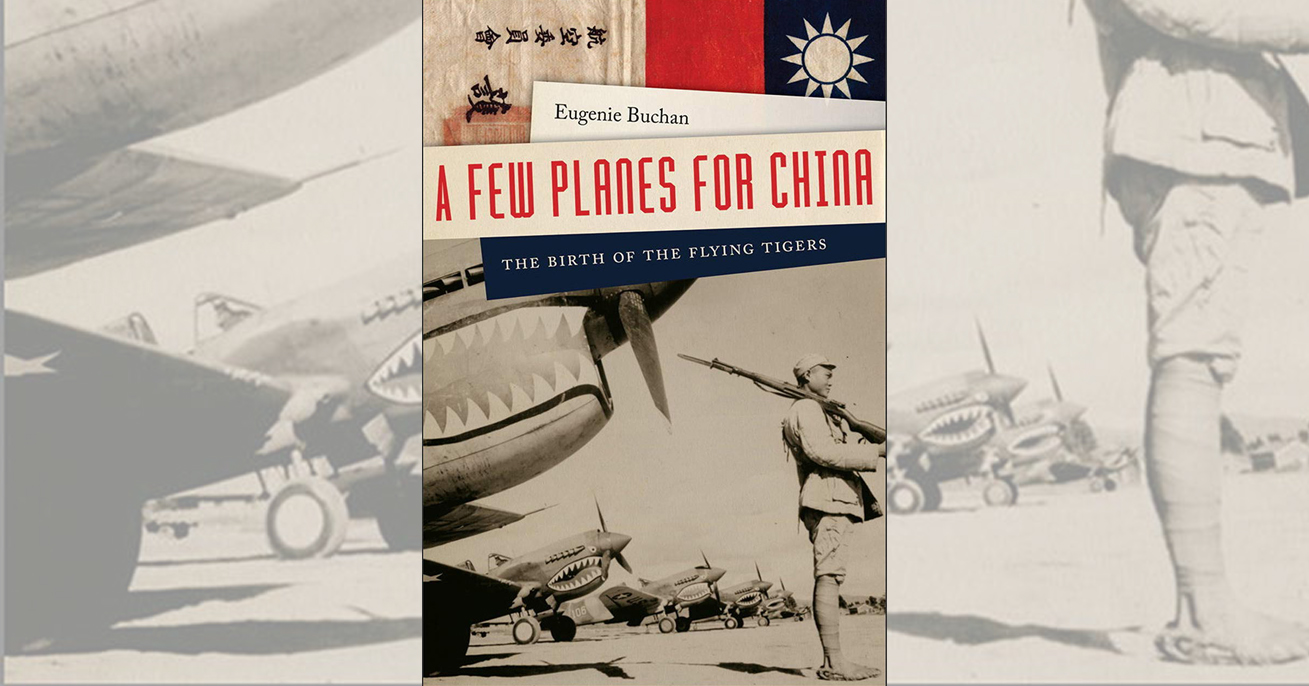A Few Planes for China: The Birth of The Flying Tigers, by Eugenie Buchan, ForeEdge, Lebanon, N.H., 2017, $35
Historians accurately depict the Pacific War as largely a heavyweight fight between the United States and Japan. Air battles between the warring powers have become legendary. Islands such as Iwo Jima, Guadalcanal and Midway resonate in the lexicon of strategy and tactics. In that crucible American aviators developed into dauntless fighting men able to avenge the attack on Pearl Harbor, turn the tide of the conflict in the region and defeat the Japanese in a war that defined the modern era. In her new book A Few Planes for China historian Eugenie Buchan traces the origins of one particular group of U.S. combat pilots—the American Volunteer Group (AVG), aka the “Flying Tigers.”
Into the late 1930s the United States sought desperately to remain on the sidelines of World War II. In the Pacific the Japanese had aggressively invaded their Southeast Asian neighbors, prompting U.S. concerns about whether China alone would be strong enough to hold off the Rising Sun. In conversation with representatives of the Franklin D. Roosevelt White House, Chinese envoys proposed the creation of an air force built on American planes and pilots. Insiders such as Henry Morgenthau and Lauchlin Currie then worked with British military and political officials on a plane-building program coinciding with Lend-Lease, with the overt understanding that a number of the planes would be diverted east to China.
Administration officials induced former Army Air Corps aviator Claire Lee Chennault to accept the challenge of getting the Flying Tigers off the ground. Under the guise of a private military contracting firm, Intercontinental Aviation, Chennault would train American pilots to form the core of a professional Chinese air force. While Chennault certainly played a central role as the commander of the Flying Tigers, a multitude of individuals, including Morgenthau and Currie, also figured in to the success of the Chinese venture.
Buchan has crafted a well-researched, readable narrative of the origins and exploits of the Flying Tigers. It’s a personal project for her, as a grandfather was among the private military contractors that helped launch the AVG. Extensive footnotes and archival material round out her engaging profile of a unit essential to American success in the Pacific. The resulting book does proper service to both the political and military founders of the Flying Tigers.





